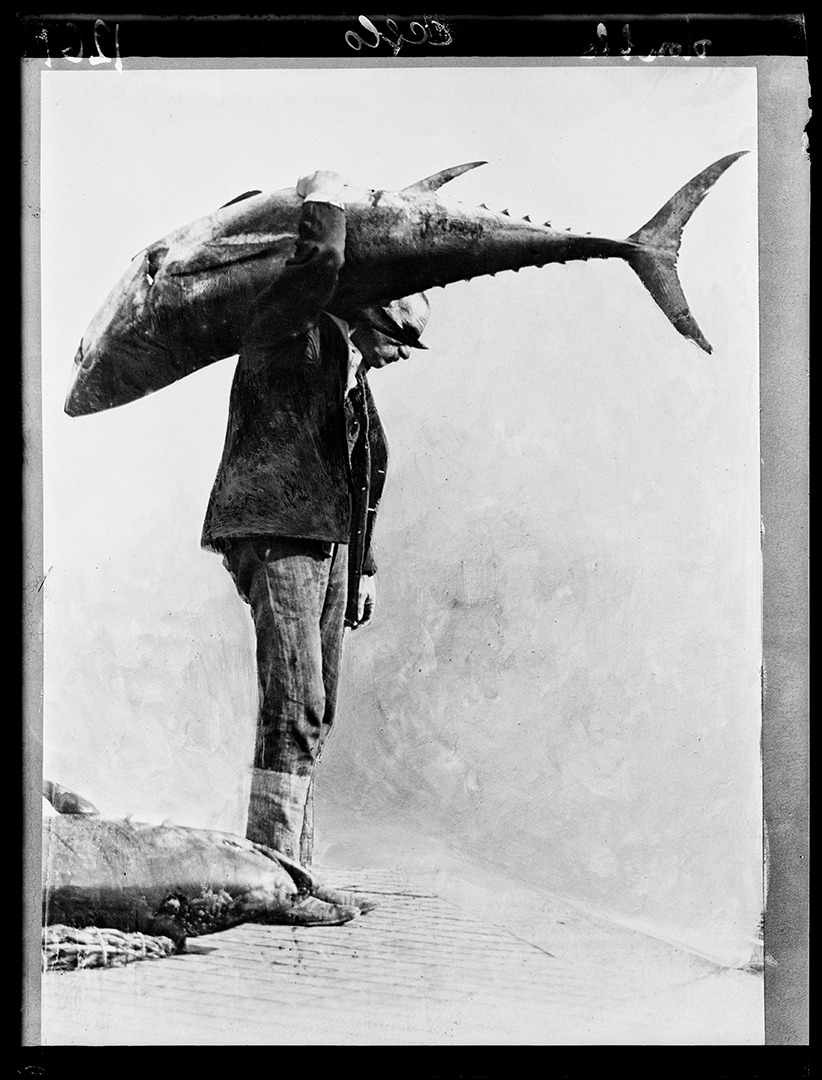Fred Boissonnas
Château Laurens
Odyssey, photography and the evanescent memory of the Mediterranean

switzerland
In 1912, Fred Boissonnas embarked with Odyssey translator Victor Bérard for Gibraltar, Italy, Greece and Tunisia to explore the places that Homer would have used as inspiration for the Odyssey.
In fact, Bérard interprets Homer’s text as a geographical document that can be traced back to the time of the Phoenician sailors, a people from present-day Lebanon, and uses photography to support his theory.

Through their investigation, the two travelers exploit the tension existing in photography between reality and imagination, to decipher history in Mediterranean landscapes, mythology in the power of nature.
Their investigation plays on the porous boundaries between science, art and technology, using photography’s ability to produce metaphors and connect us to the past, even the most evanescent.
In collaboration with the University of Geneva.
ABOUT
Fred Boissonnas (1858-1946) was a renowned Swiss photographer and pioneer of documentary and artistic photography.
READ MORE
Trained in his father’s studio in Geneva, then in Stuttgart and Budapest, he took over the family workshop in 1887. His portraits and genre scenes won him international recognition, including a Grand Prix at the 1900 Paris Universal Exhibition. From 1903 onwards, he travelled the Mediterranean, photographing Greece, Egypt and the Mediterranean, and publishing works such as En Grèce par monts et par vaux (1910) and Dans le sillage d’Ulysse (1933). His work, a blend of pictorialist and documentary aesthetics, is now preserved at the Centre d’iconographie de la Bibliothèque de Genève.
